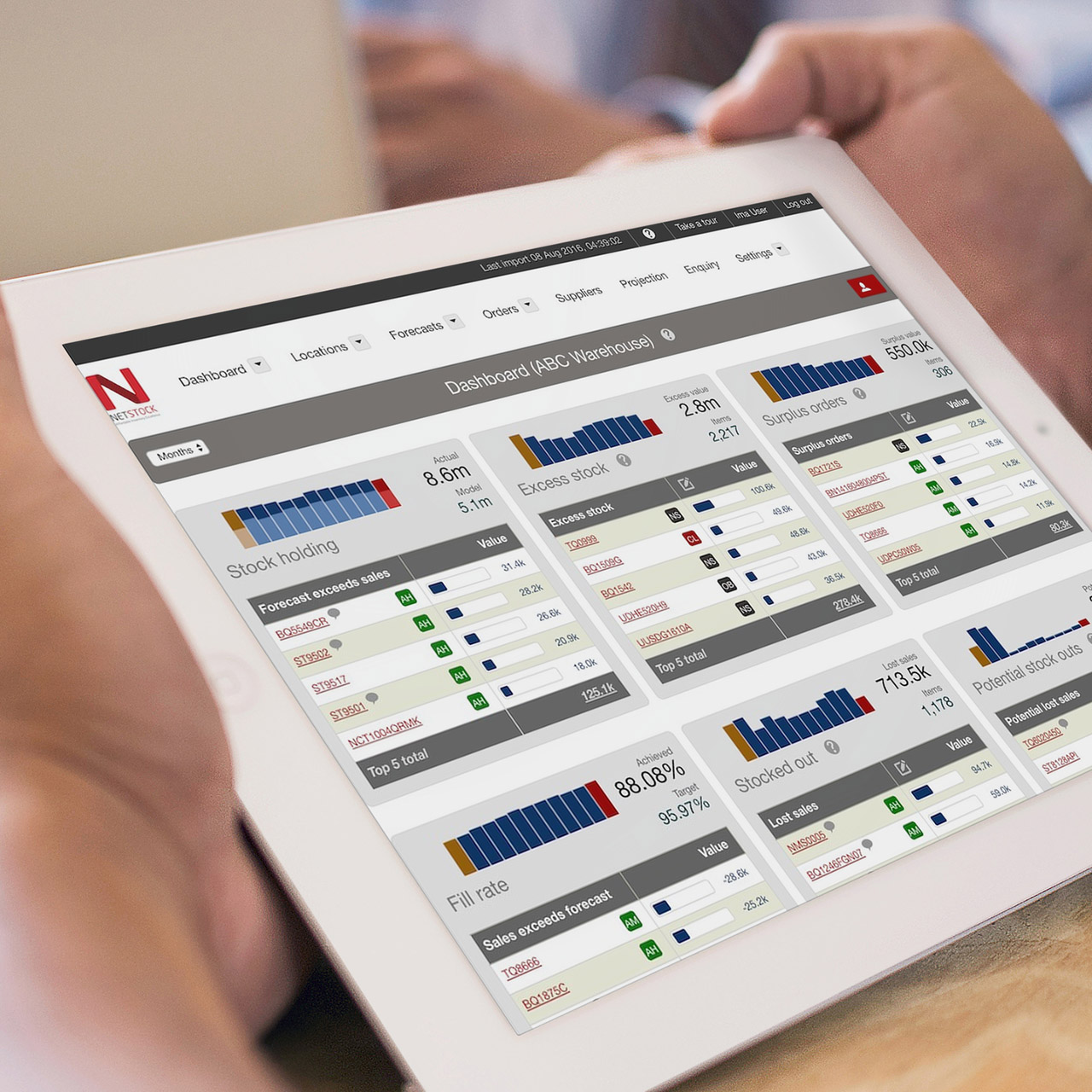In today’s modern supply chain, managing inventory is becoming increasingly complex. The world is more connected than ever, and organizing business relationships with suppliers and manufacturers across the globe is no easy task.
Despite this complexity, many businesses with inventory continue to manage their warehouses with outdated tools. We routinely see smart and dynamic businesses relying on spreadsheets or even pen and paper to handle complicated tasks like inventory replenishment. Even worse, many businesses that have invested in modern ERP solutions that oversee some of these tasks often stick with their old methods of demand planning.
Usually, the justification for these tools is their low cost—they are essentially “free” tools. Alternately, some will say the outdated process they use is one that they know and trust, and they don’t want to change something that seems to be working.
But is it truly working? These old ways of managing inventory don’t provide basic visibility into the health of your warehouse, so it’s hard even to know how well they are working in the first place. Regular stock-outs would be an obvious sign that a replenishment and demand planning process is broken, but those are easy enough to avoid by simply ordering more stuff.
However, “ordering more stuff” creates a common, costly, and often-undiagnosed problem for businesses with inventory: excess inventory. A spreadsheet won’t show you where you’ve built up excess over the years, and your ERP probably can’t help you locate that excess either.
Ultimately, excess inventory is just cash tied up in your warehouse. It’s above and beyond the buffer stock you need to fulfill orders. And each dollar of excess stock is a dollar you could be spending elsewhere. Worse still are the carrying costs that pile up, like insurance and storage space, which make the problem even more expensive.
Conservatively speaking, most warehouses are carrying 15-20% in excess stock. Think about how much cash that’s tying up in your business. What could you do with that cash flow if it wasn’t trapped on a shelf gathering dust? What would you accomplish if you got that kind of capital infusion to reinvest into your business? The possibilities are massive.
There is a better way. With the right tool to plan out your inventory replenishment and demand planning, you can run a nimble and lean warehouse that avoids stock-outs. You can find working capital and open your cash flow to build a better and more profitable business. And your warehouse team can be more productive because they’ve finally got the proper tool to do their job.

The team at NETSTOCK offers that tool. By connecting directly to your ERP, its algorithms provide optimal purchase orders, so you don’t pile on excess while giving you critical insights into where excess stock and stock-out problems are occurring.
Here’s an example of one manufacturer and distributor that had nearly a million dollars in excess stock, entirely unbeknownst to them. After using NETSTOCK for just a few months, they were able to unlock that capital and reinvest in their business fully.
How much do you have in excess inventory right now? Is your cash flow getting caught up in places it shouldn’t? Get in contact with your Sikich representative to look at this costly issue and see how your business is performing.
This publication contains general information only and Sikich is not, by means of this publication, rendering accounting, business, financial, investment, legal, tax, or any other professional advice or services. This publication is not a substitute for such professional advice or services, nor should you use it as a basis for any decision, action or omission that may affect you or your business. Before making any decision, taking any action or omitting an action that may affect you or your business, you should consult a qualified professional advisor. In addition, this publication may contain certain content generated by an artificial intelligence (AI) language model. You acknowledge that Sikich shall not be responsible for any loss sustained by you or any person who relies on this publication.









